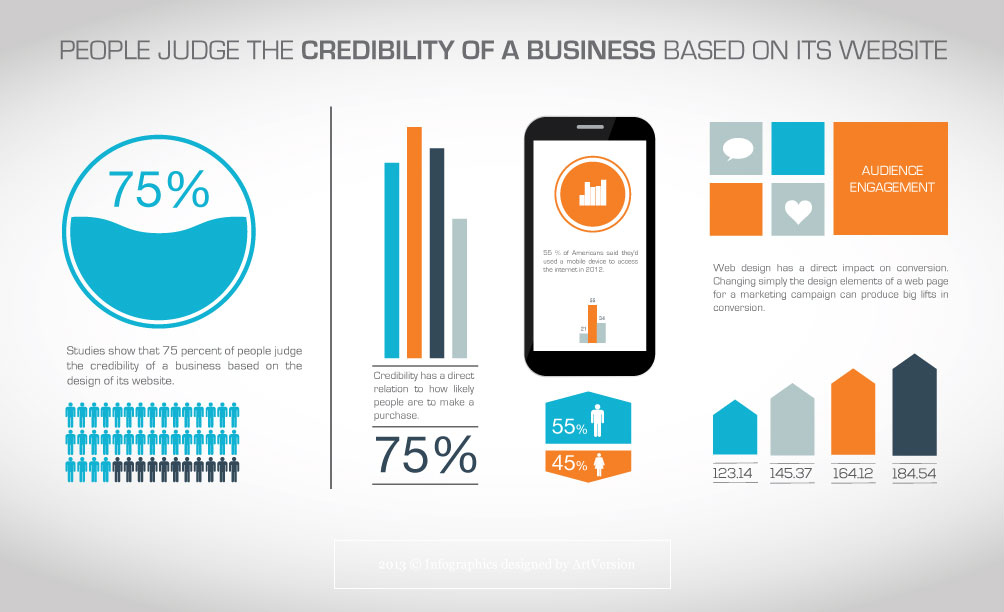Eager To Discover Exactly How Website Style Has Changed In Time? Study The Advancement From Simplicity To User-Focused Experiences
Eager To Discover Exactly How Website Style Has Changed In Time? Study The Advancement From Simplicity To User-Focused Experiences
Blog Article
Writer-Hartley Bojesen
In the past, web sites were simple and focused on information. Navigating was straight, and design was for desktops. Currently, user experience is vital. Information overviews designs for easy navigating. Responsive layouts match different devices. Today, dark mode minimizes strain, and minimalist food selections improve navigation. Interactive attributes involve users, and vibrant visuals attract attention. AI integration boosts involvement. See exactly how design has developed to enhance your on-line trip.
Very Early Days of Website Design
In the very early days of web design, simplicity preponderated. Websites were standard, with limited colors, font styles, and formats. The emphasis was on offering details rather than flashy visuals. Individuals accessed the internet through slow dial-up connections, so speed and performance were key.
Navigating food selections were straightforward, typically located at the top or side of the page. Sites were designed for desktop, as mobile surfing had not been yet widespread. Content was king, and developers prioritized easy readability over complicated design aspects.
HTML was the main coding language made use of, and developers had to function within its restrictions. Computer animations and interactive functions were marginal compared to today's standards. Sites were static, with little dynamic material or individualized user experiences.
Increase of User-Focused Layout
With the development of web site layout, a change in the direction of user-focused design concepts has actually become significantly famous. Today, creating web sites that prioritize individual experience is essential for involving site visitors and attaining organization objectives. User-focused design includes understanding the needs, choices, and habits of your target audience to tailor the website's format, material, and features accordingly.
Designers currently perform thorough research, such as individual studies and use testing, to collect insights and responses directly from customers. This data-driven strategy helps in creating intuitive navigating, clear calls-to-action, and visually enticing interfaces that reverberate with visitors. By positioning the individual at the facility of the style procedure, internet sites can deliver a much more tailored and satisfying experience.
Responsive design has actually likewise become a key facet of user-focused layout, guaranteeing that internet sites are maximized for different tools and screen dimensions. This flexibility boosts availability and functionality, satisfying the varied ways customers engage with web sites today. In web designers fort worth , the increase of user-focused style signifies a change towards developing electronic experiences that prioritize the demands and expectations of completion individual.
Modern Trends in Website Design
Discover the latest trends shaping web design today. One popular pattern is dark mode design, offering a smooth and modern-day look while decreasing eye strain in low-light settings. An additional essential fad is minimal navigating, simplifying menus and improving individual experience by focusing on essential elements. Incorporating micro-interactions, such as animated buttons or scrolling impacts, can produce a much more interesting and interactive web site. Responsive layout continues to be crucial, guaranteeing seamless user experiences throughout numerous gadgets. In addition, utilizing bold typography and unbalanced layouts can include aesthetic rate of interest and draw attention to details web content.
Integrating AI technology, like chatbots for consumer assistance or personalized suggestions, improves user interaction and improves processes. Availability has also end up being a significant fad, with developers focusing on comprehensive style techniques to satisfy diverse individual requirements. Embracing sustainability by optimizing internet site performance for speed and performance is one more emerging pattern in website design. Collaborating with user comments and data analytics to repeat and boost style continuously is crucial for staying pertinent in the ever-evolving electronic landscape. By welcoming these modern-day fads, you can produce an aesthetically appealing, straightforward site that resonates with your audience.
Conclusion
As you reflect on the advancement of web site design from the early days to now, you can see just how user-focused design has actually come to be the driving pressure behind modern-day patterns.
Accept the journey of modification and adaptation in website design, constantly keeping the customer experience at the leading edge.
Keep existing with the current fads and modern technologies, and never ever stop developing your method to develop visually stunning and easy to use web sites.
Advance, adapt, and develop - the future of website design is in your hands.
